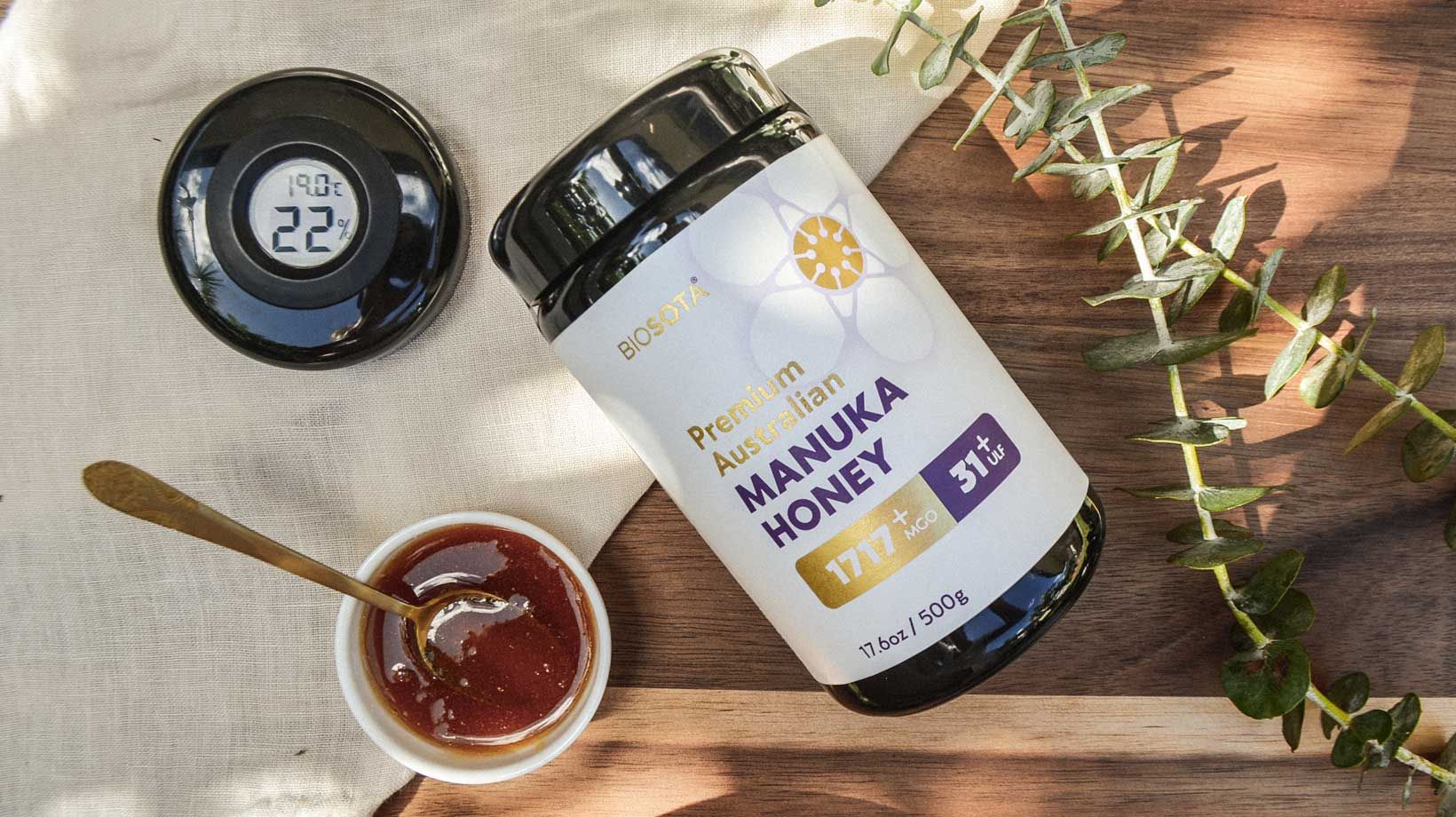

Articles
How To Store Manuka Honey
Modified: December 7, 2023
Learn the best methods for storing manuka honey in this informative article. Keep your honey fresh and maximize its health benefits with proper storage techniques.
(Many of the links in this article redirect to a specific reviewed product. Your purchase of these products through affiliate links helps to generate commission for Storables.com, at no extra cost. Learn more)
Introduction
Manuka honey is known for its unique properties and health benefits. This special type of honey is produced by bees that feed on the nectar of the Manuka tree, native to New Zealand and parts of Australia. It contains high levels of methylglyoxal (MGO), which gives it its antibacterial and anti-inflammatory properties.
When it comes to storing Manuka honey, it is important to take proper precautions to maintain its quality and maximize its shelf life. Factors such as temperature, humidity, container selection, and handling techniques can all impact the integrity of the honey. By following the right storage practices, you can ensure that your Manuka honey remains fresh and retains its beneficial properties for a longer period of time.
In this article, we will explore the best practices for storing Manuka honey, including selecting the right container, understanding ideal storage conditions, avoiding contamination, and checking for spoilage. Whether you are a fan of Manuka honey for its health benefits or just appreciate its rich taste, these storage tips will help you make the most out of your jar of liquid gold.
Key Takeaways:
- Proper storage of Manuka honey is crucial to maintain its quality and health benefits. Factors like temperature, container selection, and handling techniques play a key role in preserving its unique properties.
- Selecting the right container, avoiding contamination, and adhering to ideal storage conditions are essential for maximizing the shelf life and therapeutic benefits of Manuka honey. By following proper storage practices, you can ensure that your jar of liquid gold remains fresh and potent.
Read more: How To Store Honey
Understanding Manuka Honey
Before diving into the storage techniques, it’s essential to have a clear understanding of what sets Manuka honey apart from other types of honey. Manuka honey is derived from the nectar of the Manuka tree, known scientifically as Leptospermum scoparium. This tree is native to New Zealand and grows wild in certain regions of Australia.
What makes Manuka honey unique is its high concentration of methylglyoxal (MGO), a compound that gives it its potent antibacterial and anti-inflammatory properties. The level of MGO determines the quality and potency of Manuka honey, with higher levels considered more desirable.
Authentic Manuka honey is tested and certified using the Unique Manuka Factor (UMF) system, which measures the concentration of MGO and other compounds. The UMF rating indicates the honey’s purity and ensures that it meets the highest quality standards. It is important to look for UMF certified Manuka honey to ensure that you are purchasing a genuine product.
Manuka honey is widely used for medicinal purposes, including wound healing, digestive health, and immune support. Its antibacterial properties make it an effective natural treatment for wounds, burns, and infections. It is also rich in antioxidants, which can help improve overall health and boost the immune system.
With its distinct taste and health benefits, Manuka honey has gained popularity worldwide. However, to fully reap its benefits, proper storage is essential to maintain its quality and effectiveness.
Factors Affecting Manuka Honey Storage
Several factors can impact the quality and shelf life of Manuka honey. Understanding these factors will help you take the necessary precautions to ensure optimal storage conditions. Here are some key factors to consider:
- Temperature: Manuka honey should be stored at a consistent temperature between 15°C and 20°C (59°F and 68°F). Fluctuations in temperature can affect the honey’s texture and potentially lead to crystallization or spoilage. Avoid exposing the honey to extreme temperatures, such as direct sunlight or near a heat source.
- Light: Exposure to light can cause the degradation of Manuka honey’s beneficial compounds. It is best to store the honey in a dark, opaque container or a pantry where it is shielded from direct sunlight.
- Humidity: High humidity levels can promote the growth of mold or yeast in the honey. It is important to store Manuka honey in a dry environment, away from moisture and dampness. Ensure that the container is tightly sealed to prevent any air or moisture from entering.
- Air Exposure: Oxygen can oxidize the honey and affect its flavor and quality. To minimize air exposure, always reseal the container tightly after each use. Avoid using containers that are too large for the amount of honey you have, as this can leave excessive headspace for air to accumulate.
- Contamination: Keep your Manuka honey away from potential contaminants such as food particles, moisture, or foreign substances. Avoid using wet utensils or double-dipping into the jar, as it may introduce bacteria or other microorganisms that can spoil the honey.
By taking these factors into consideration, you can ensure that your Manuka honey remains fresh, delicious, and packed with its unique health benefits for an extended period of time.
Selecting the Right Container
The choice of container for storing Manuka honey plays a crucial role in maintaining its quality and preventing contamination. Here are some factors to consider when selecting the right container:
- Material: Opt for containers made of food-grade materials such as glass or BPA-free plastic. Glass containers are preferred as they are non-reactive and do not leach any chemicals into the honey. Additionally, glass containers help to keep light out, preserving the honey’s quality.
- Sealability: Ensure that the container has a tight and secure seal to prevent air and moisture from entering. Look for lids or caps that provide an airtight seal to maintain the honey’s freshness.
- Size: It is best to choose a container size that matches the amount of Manuka honey you have. This helps to minimize the headspace where air can accumulate and potentially degrade the honey. Smaller containers also make it easier to control portions and reduce the frequency of opening and exposing the honey to air.
- Opaqueness: To protect the honey from light exposure, opt for containers that are opaque or dark in color. This helps to preserve the honey’s beneficial compounds and prevent any degradation caused by sunlight.
- Cleanliness: Before using a new container, make sure to thoroughly clean and sanitize it. Any residue or contaminants in the container can affect the quality of the honey.
Remember to always use a clean utensil when scooping out the honey to further prevent contamination. It is also advisable to label the container with the date of purchase or expiration to keep track of its freshness. By selecting the right container, you can ensure that your Manuka honey remains in pristine condition, ready to be enjoyed whenever you want.
Ideal Storage Conditions
To ensure the longevity and quality of your Manuka honey, it is important to store it under ideal conditions. Here are some guidelines for optimal honey storage:
- Temperature: Manuka honey should be stored at a moderate, consistent temperature between 15°C and 20°C (59°F and 68°F). Avoid extreme temperatures, as both excessive heat and cold can affect the honey’s consistency and degrade its quality.
- Darkness: Light exposure can cause the breakdown of the honey’s beneficial compounds. Store Manuka honey in a dark and cool location, such as a pantry or cupboard. If using a transparent container, place it in a dark bag or cover it with a cloth to protect it from light.
- Dryness: Moisture can lead to bacterial growth and honey spoilage. Keep the container tightly sealed to prevent any moisture from entering. Avoid storing honey in areas prone to high humidity, such as the refrigerator or near the stove.
- Stability: Maintain stability by avoiding frequent temperature changes or movement of the container. Temperature fluctuations can cause honey to expand and contract, leading to crystallization or fermentation. Find a stable location where the temperature remains relatively constant.
By adhering to these ideal storage conditions, you can ensure that your Manuka honey retains its texture, taste, and therapeutic properties for a longer period of time. Proper storage not only extends the honey’s shelf life but also preserves its unique health benefits for your enjoyment.
Read more: How To Store Honey Comb
Avoiding Contamination
Contamination can compromise the quality and safety of your Manuka honey. Here are some precautions to take to avoid contamination:
- Use clean utensils: When scooping out Manuka honey, always use a clean and dry utensil. Avoid using a wet or dirty spoon, as it can introduce moisture or foreign particles into the honey.
- Minimize contact: To prevent cross-contamination, avoid touching the honey with your fingers or allowing any other food items to come into contact with it. Even small traces of foreign substances can affect the quality and shelf life of the honey.
- Watch out for double-dipping: You should never double-dip into your Manuka honey jar. This practice introduces bacteria from your mouth or utensil back into the honey, increasing the risk of contamination. Instead, pour or scoop out the desired amount into a separate clean container.
- Keep the lid on: Ensure that the container’s lid is securely closed whenever the honey is not in use. This helps to prevent airborne particles, dust, and insects from accessing the honey. Keeping the lid on also minimizes exposure to air, helping to maintain the honey’s freshness.
- Store the honey away from strong odors: Manuka honey has a strong aroma, making it susceptible to absorbing other strong smells in the environment. Keep the honey away from pungent foods or chemicals, as they can impact the flavor and quality of the honey.
By following these practices, you can maintain the integrity and purity of your Manuka honey and ensure that it remains safe for consumption. Attention to detail and proper handling will help prevent contamination and allow you to enjoy the honey’s unique taste and health benefits.
Store Manuka honey in a cool, dark place away from direct sunlight and heat sources. Keep the lid tightly closed to prevent moisture from entering and causing fermentation.
Proper Handling Techniques
Proper handling of Manuka honey is essential for preserving its quality and extending its shelf life. Here are some important techniques to follow:
- Avoid heat exposure: Manuka honey should not be heated above 40°C (104°F), as high temperatures can destroy its beneficial enzymes and diminish its health benefits. If you need to liquify crystallized honey, use gentle heat by placing the jar in warm water rather than microwaving or using direct heat.
- Prevent crystallization: Crystallization is a natural process that occurs in all honeys, including Manuka honey. Although it does not affect the quality or safety of the honey, some people prefer it in its liquid form. To prevent crystallization, store your honey at a consistent temperature between 15°C and 20°C (59°F and 68°F) and avoid drastic temperature changes.
- Avoid direct contact with metal: Metal containers or utensils can react with the honey’s enzymes and alter its flavor. It is best to use non-reactive materials such as glass or BPA-free plastic for storing and handling Manuka honey.
- Store honey upright: Keeping the jar upright helps preserve the honey’s texture and prevents leaking or spillage. Make sure the container is tightly sealed to avoid any honey leakage or exposure to air.
- Avoid refrigeration: Refrigeration is not recommended for Manuka honey, as it can promote crystallization and change the texture of the honey. Keep your honey at room temperature in a cool, dark place for optimal storage.
By following these proper handling techniques, you can maintain the quality, flavor, and consistency of your Manuka honey. Remember to handle the honey gently and with care to preserve its unique properties and prolong its shelf life.
Shelf Life and Expiry Dates
Manuka honey, when stored properly, has an impressive shelf life due to its natural antimicrobial properties. The shelf life can vary depending on several factors, including the quality of the honey and how it is stored. Here are some guidelines regarding the shelf life and expiry dates of Manuka honey:
- Long shelf life: Authentic and high-quality Manuka honey can have a shelf life of several years if stored correctly. The honey’s antimicrobial properties, particularly its high levels of MGO, help to inhibit the growth of bacteria and preserve its freshness over time.
- Expiration dates: Manuka honey generally does not have a strict expiration date. While some manufacturers may provide a “best before” date as an indicator, the honey does not necessarily spoil or become unsafe to consume after this date. Instead, it may experience changes in texture, color, or taste over an extended period of time.
- Storage impact: Proper storage conditions play a crucial role in the longevity of Manuka honey. By storing the honey in a cool, dark place and minimizing exposure to light, heat, and moisture, you can extend its shelf life and maintain its quality for a longer period.
- Sensory changes: Over time, Manuka honey can undergo some natural changes without necessarily indicating spoilage. It may crystallize, which is a normal process and does not indicate any loss of quality. Crystallization can be reversed by gently warming the honey in a warm water bath.
- Quality assurance: When purchasing Manuka honey, look for reputable brands that provide clear information about the honey’s origin, UMF rating, and any certifications. Choosing authentic, UMF certified Manuka honey ensures that you are getting a high-quality product with a longer shelf life.
While Manuka honey can last for a long time, it’s important to use your discretion and rely on your senses when determining the freshness and quality of the honey. If the honey develops an off smell, unusual taste, or signs of mold growth, it is best to discard it.
By understanding the shelf life and proper storage techniques, you can enjoy the benefits of Manuka honey for an extended period and savor its unique taste and healing properties.
Checking for Spoilage
While Manuka honey has a long shelf life, it is important to periodically check for signs of spoilage to ensure its quality and safety. Here are some indicators to look out for:
- Appearance: Inspect the honey for any visual changes. Fresh Manuka honey should have a smooth, thick consistency and a vibrant golden color. If you notice any unusual discoloration, such as darkening or cloudiness, it may be a sign of spoilage.
- Smell: Take a whiff of the honey to assess its aroma. Fresh Manuka honey has a distinct, pleasant smell. If you detect a sour or off odor, it could indicate fermentation or spoilage. In some cases, spoiled honey may also emit a musty or yeasty smell.
- Taste: Taste a small amount of the honey to check for any changes in flavor. Fresh Manuka honey has a rich and sweet taste with herbal undertones. If the flavor seems sour, bitter, or off-putting, it may be a sign that the honey has gone bad.
- Mold or yeast growth: Inspect the surface of the honey for any signs of mold or yeast. While the antimicrobial properties of Manuka honey help to prevent microbial growth, improper storage conditions or contamination can lead to the development of mold. If you see any growth or presence of foreign substances, it is best to discard the honey.
- Texture and consistency: Feel the texture of the honey between your fingers. Fresh Manuka honey should be smooth and thick, with no graininess or crystallization. If you notice a gritty or sandy texture, it could be an indication of crystallization or poor quality.
If any of these signs are present, it is best to err on the side of caution and discard the honey. Consuming spoiled honey can lead to stomach upset or infection. Remember, it is better to be safe than sorry when it comes to food safety.
By regularly checking your Manuka honey for spoilage and practicing proper storage techniques, you can ensure that you are consuming fresh and high-quality honey, maximizing its benefits and enjoyment.
Read more: How To Store Honey In Fridge
Frequently Asked Questions
Here are answers to some frequently asked questions about storing Manuka honey:
- Can Manuka honey be stored in the refrigerator?
- Can I store Manuka honey in a plastic container?
- How long does Manuka honey last once opened?
- Can I store Manuka honey in the freezer?
- What should I do if my Manuka honey crystallizes?
- Is it safe to consume Manuka honey after its best before date?
It is generally not recommended to store Manuka honey in the refrigerator as it can lead to crystallization. The honey should be stored in a cool, dark place at room temperature for optimal preservation.
Yes, you can store Manuka honey in a plastic container as long as it is made of food-grade, BPA-free plastic. However, glass containers are preferable as they do not react with the honey or affect its taste.
When stored properly, opened Manuka honey can last for several years. However, over time, the honey may undergo natural changes such as crystallization or flavor variations. The honey is still safe to consume as long as there are no signs of spoilage.
It is not necessary to store Manuka honey in the freezer, as it can alter the texture and consistency of the honey. The honey may become too thick and difficult to scoop or spread. It is best to store it at room temperature in a cool, dark place.
Crystallization is a natural process for all types of honey, including Manuka honey. To liquefy crystallized Manuka honey, place the closed jar in a warm water bath and gently heat it until the crystals dissolve. Avoid microwaving or using direct heat, as it can destroy the honey’s beneficial enzymes.
Manuka honey does not spoil after its best before date, but its quality and taste may be affected over time. Use your judgment and rely on your senses. If the honey smells or tastes off, or if there are visible signs of spoilage, it is best to discard it.
If you have specific concerns about the storage of your Manuka honey, it is always advisable to refer to the manufacturer’s recommendations or consult with a trusted source for guidance.
Conclusion
Proper storage of Manuka honey is essential to preserve its quality, flavor, and health benefits. By understanding the factors that affect its storage, selecting the right container, and practicing optimal storage conditions, you can ensure that your Manuka honey remains in its best condition for an extended period of time.
When storing Manuka honey, it is important to consider factors such as temperature, light exposure, humidity, and air exposure. Maintaining a consistent temperature, storing the honey in a dark place away from light, and keeping it tightly sealed to minimize air exposure are key practices for preserving its freshness.
Choosing the right container, such as those made of glass or food-grade plastic, and avoiding contamination by using clean utensils and preventing double-dipping are crucial for maintaining the honey’s integrity. Additionally, proper handling techniques, such as avoiding heat exposure and preventing crystallization, help to ensure the honey’s optimal quality.
While Manuka honey has an impressive shelf life, periodic checks for spoilage are recommended. Examining the honey’s appearance, smell, taste, texture, and watching for signs of mold or yeast growth can help you determine its freshness and safety for consumption.
By following these storage guidelines and handling techniques, you can confidently store and enjoy your Manuka honey, knowing that it is preserved in its best form. Whether you use it for culinary purposes, as a natural remedy, or a delicious sweet treat, properly stored Manuka honey will continue to delight your taste buds and provide you with its unique healing properties.
Remember, Manuka honey is a valuable gift from nature, and taking proper care of it ensures that you can savor its benefits for a long time.
Frequently Asked Questions about How To Store Manuka Honey
Was this page helpful?
At Storables.com, we guarantee accurate and reliable information. Our content, validated by Expert Board Contributors, is crafted following stringent Editorial Policies. We're committed to providing you with well-researched, expert-backed insights for all your informational needs.
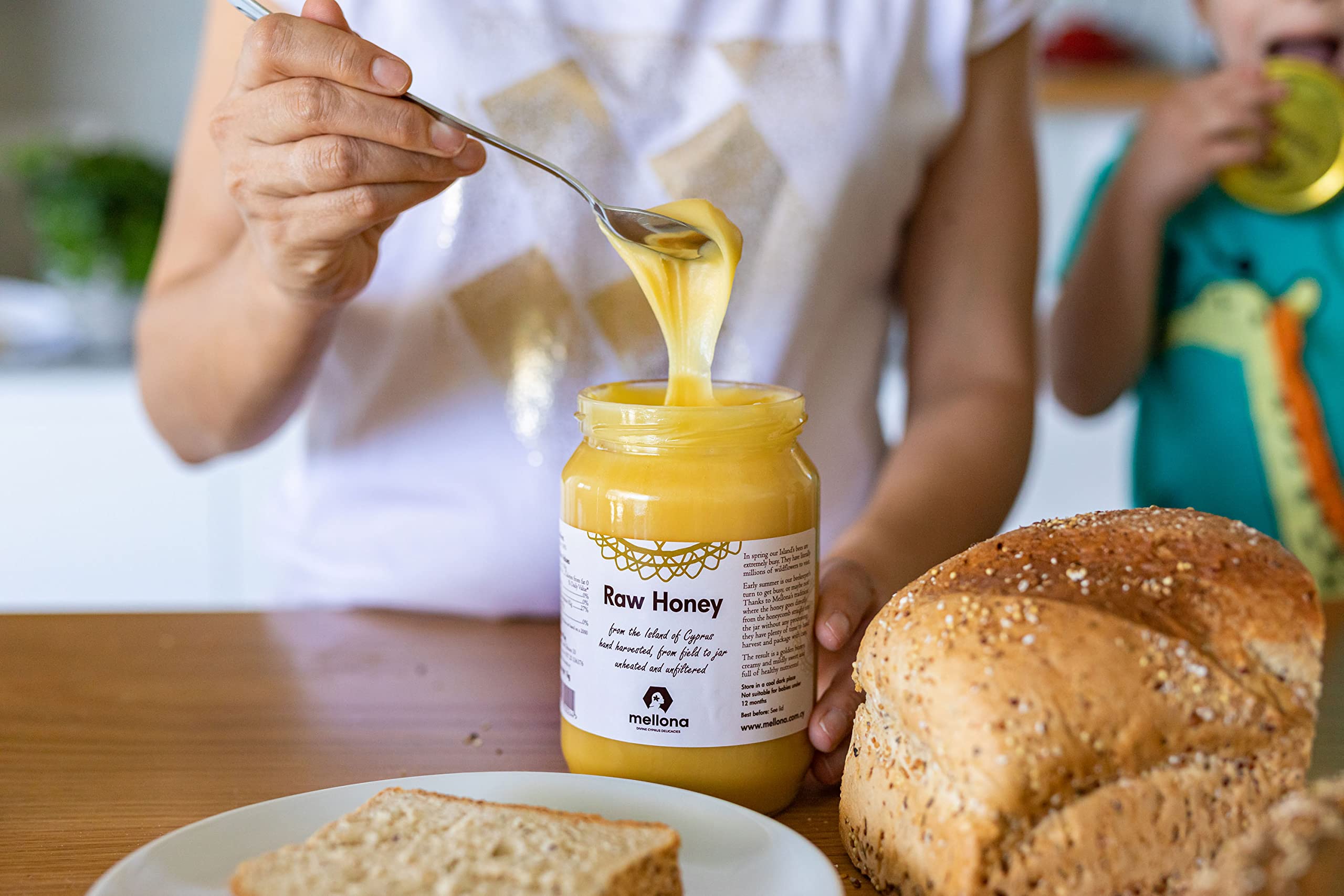
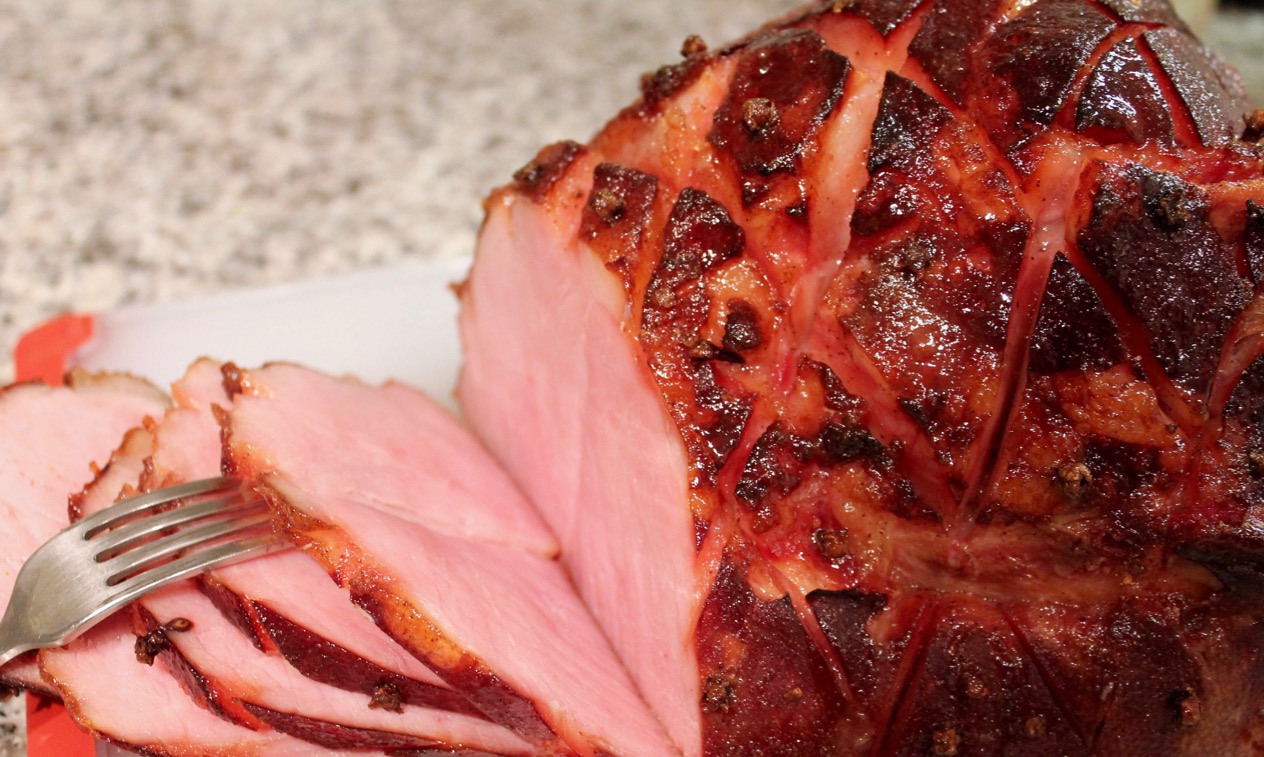
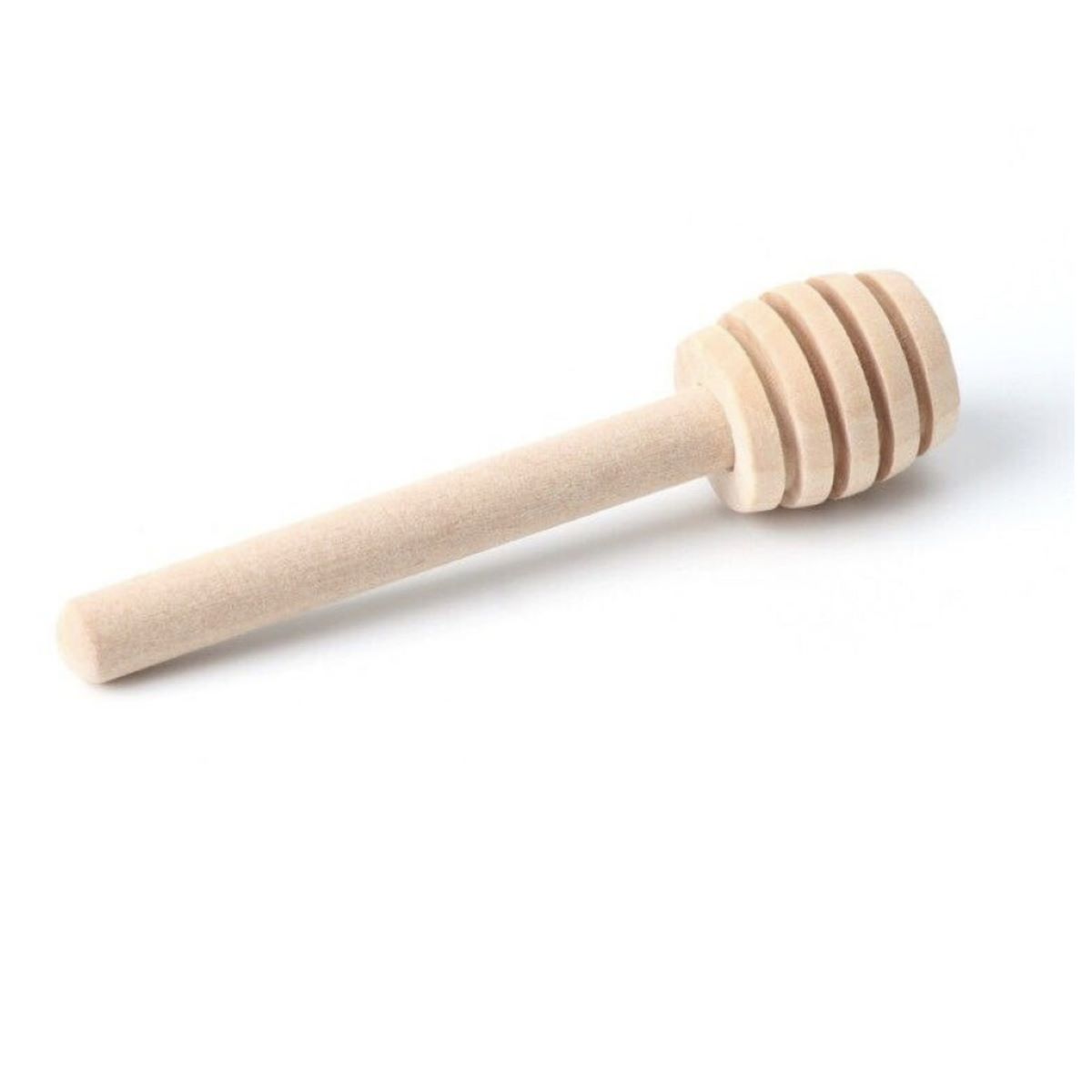
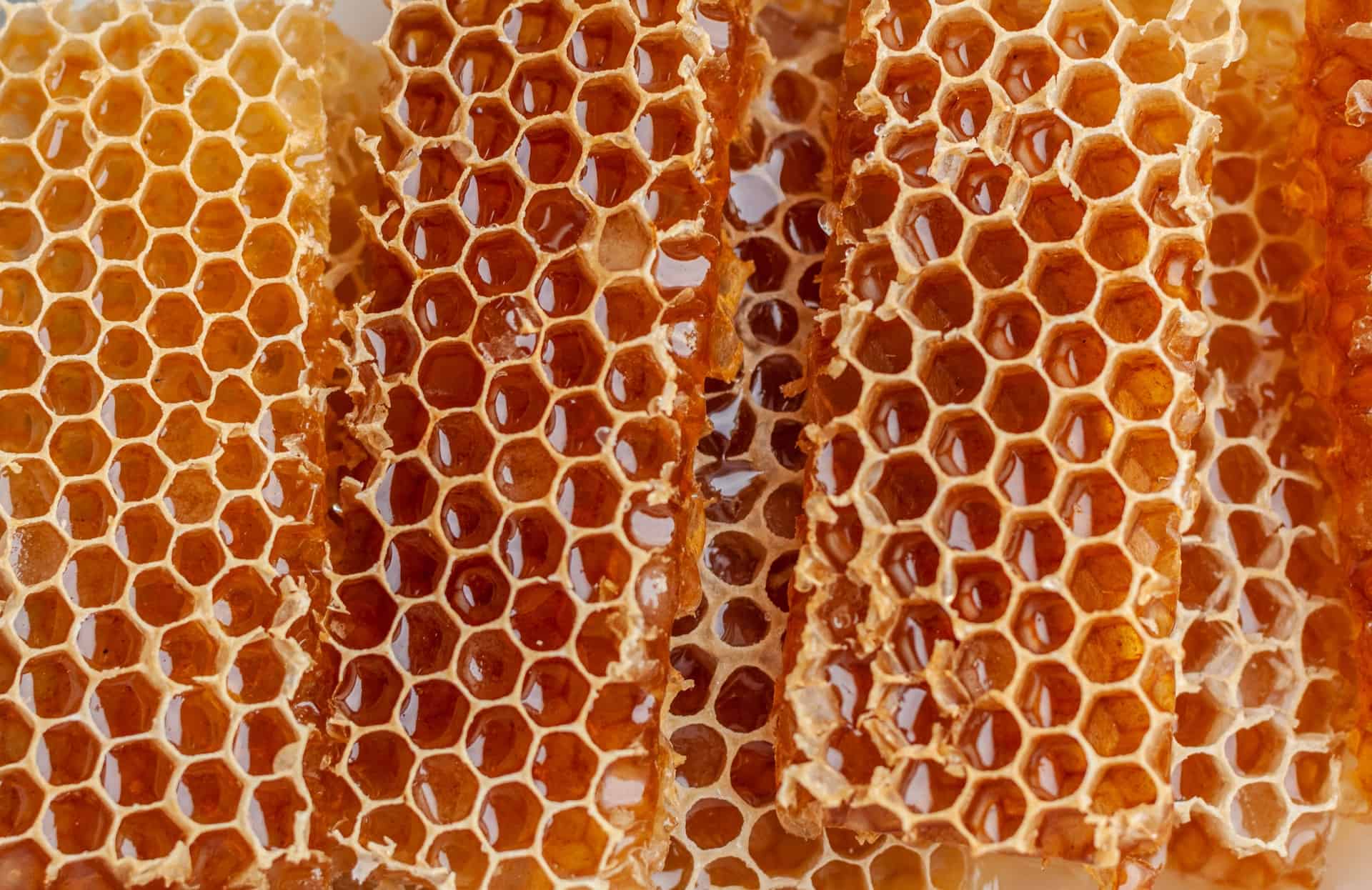
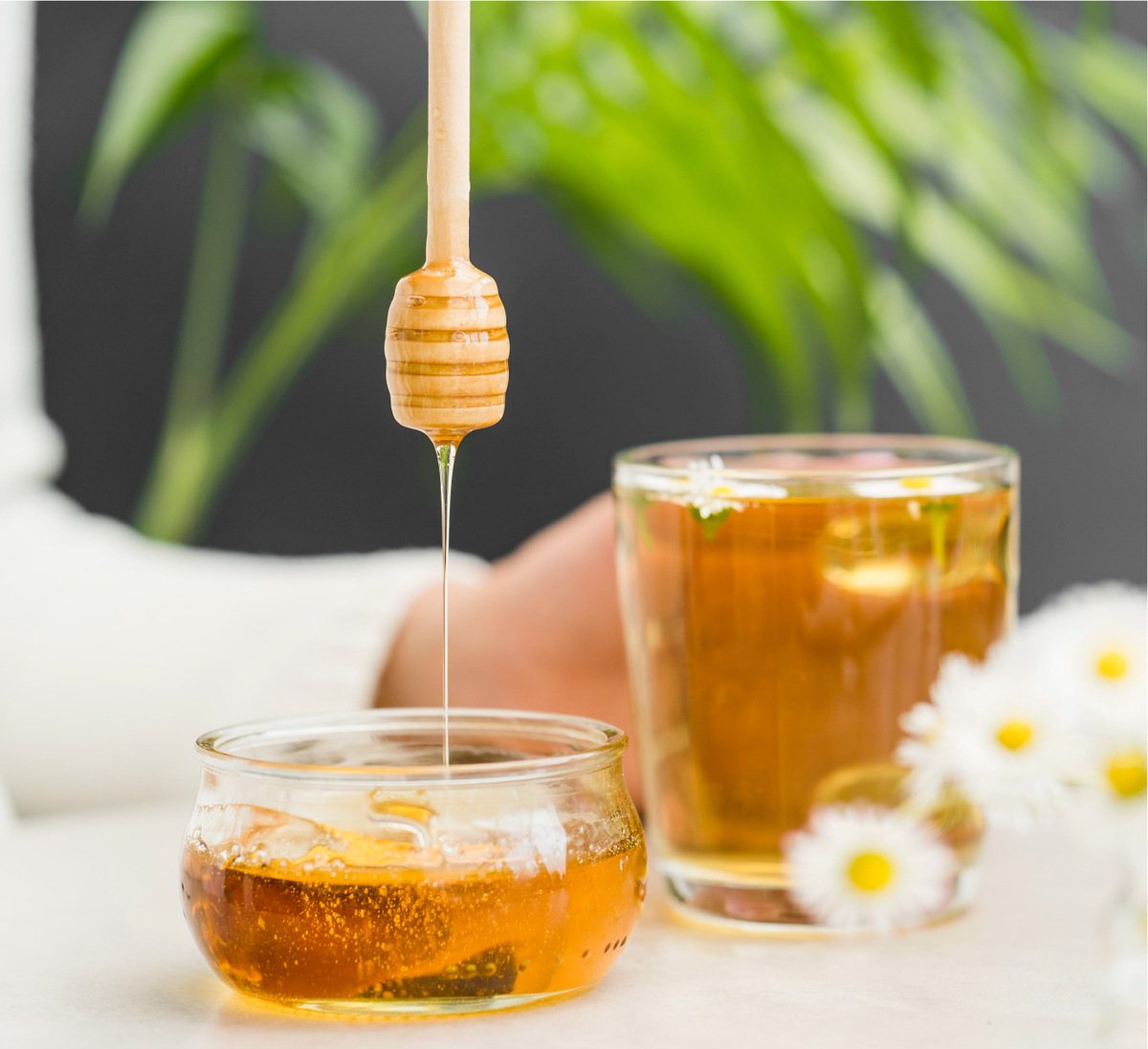
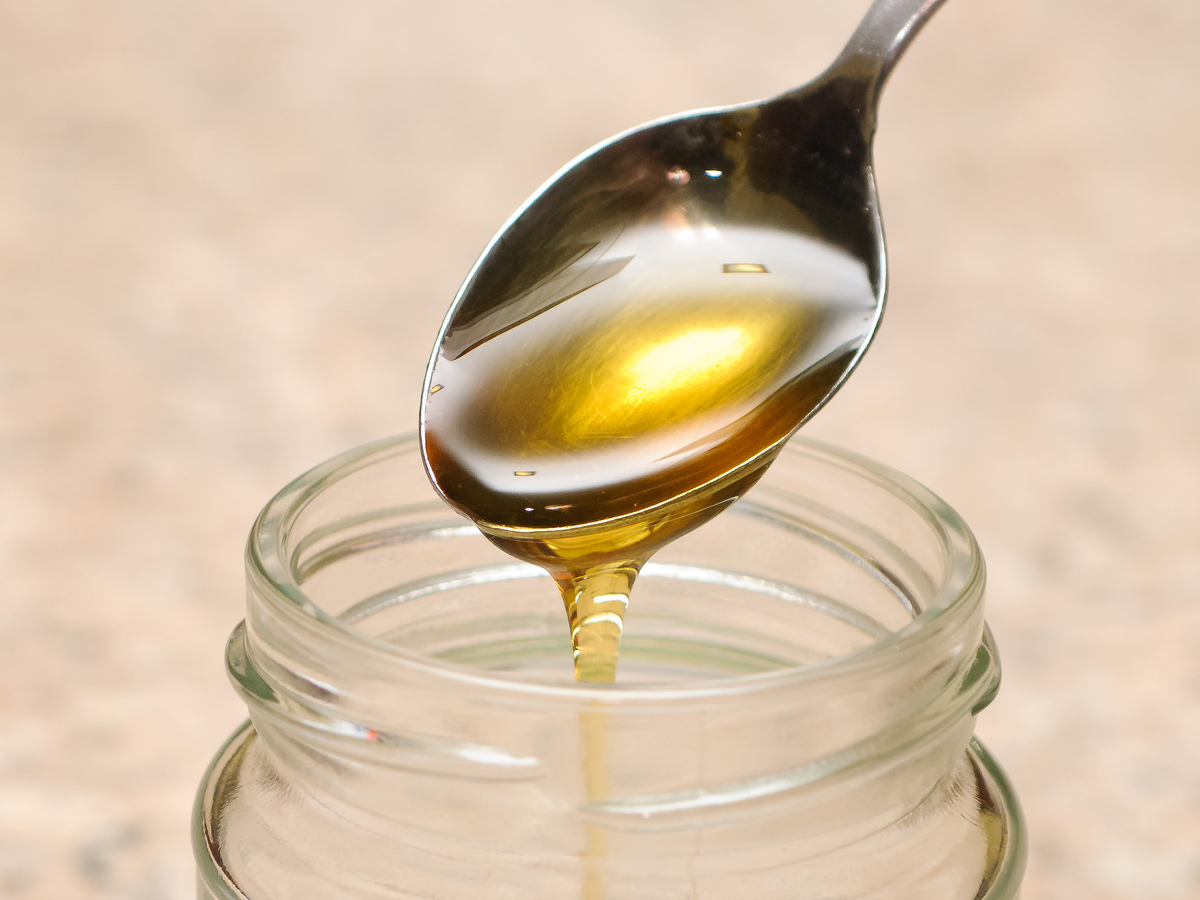
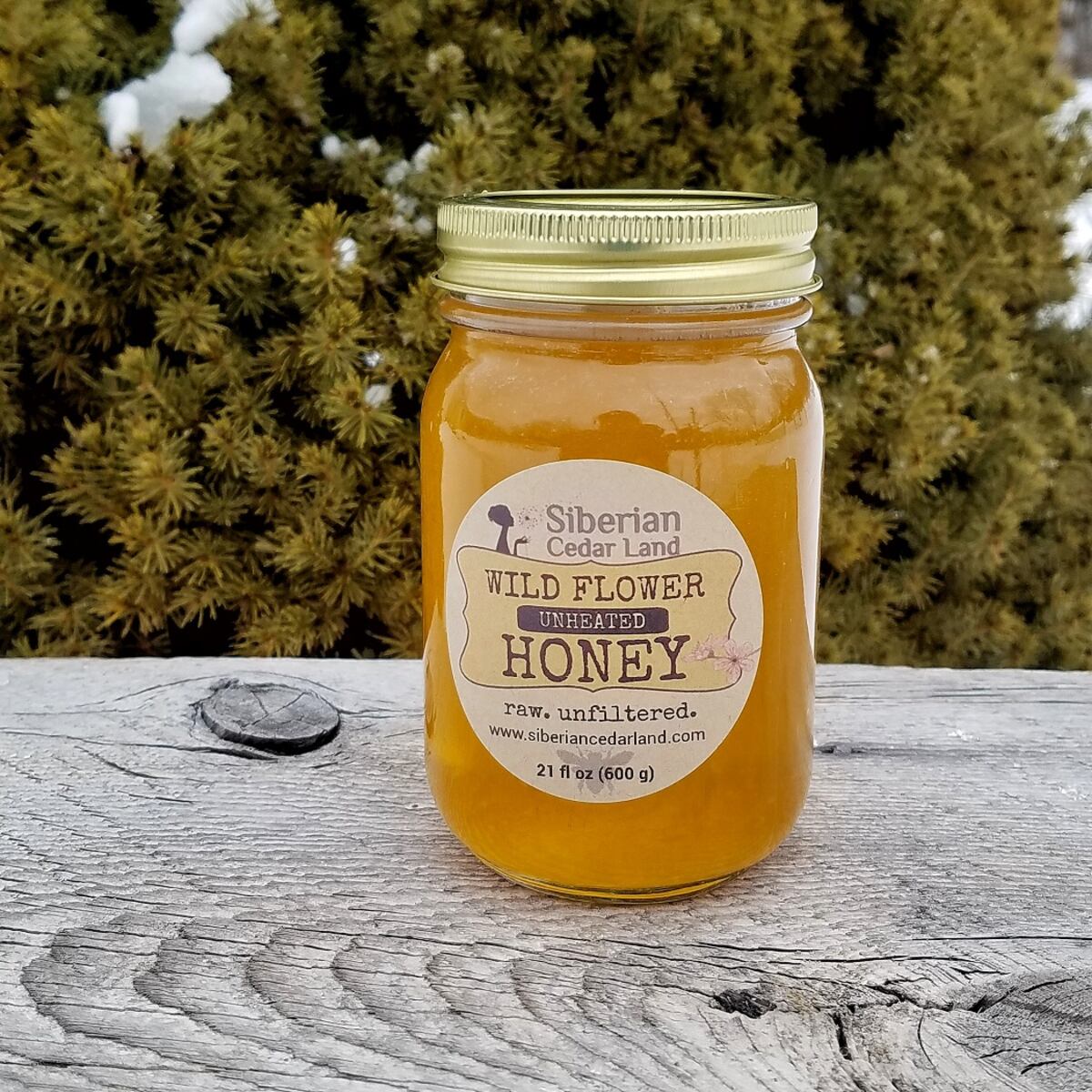
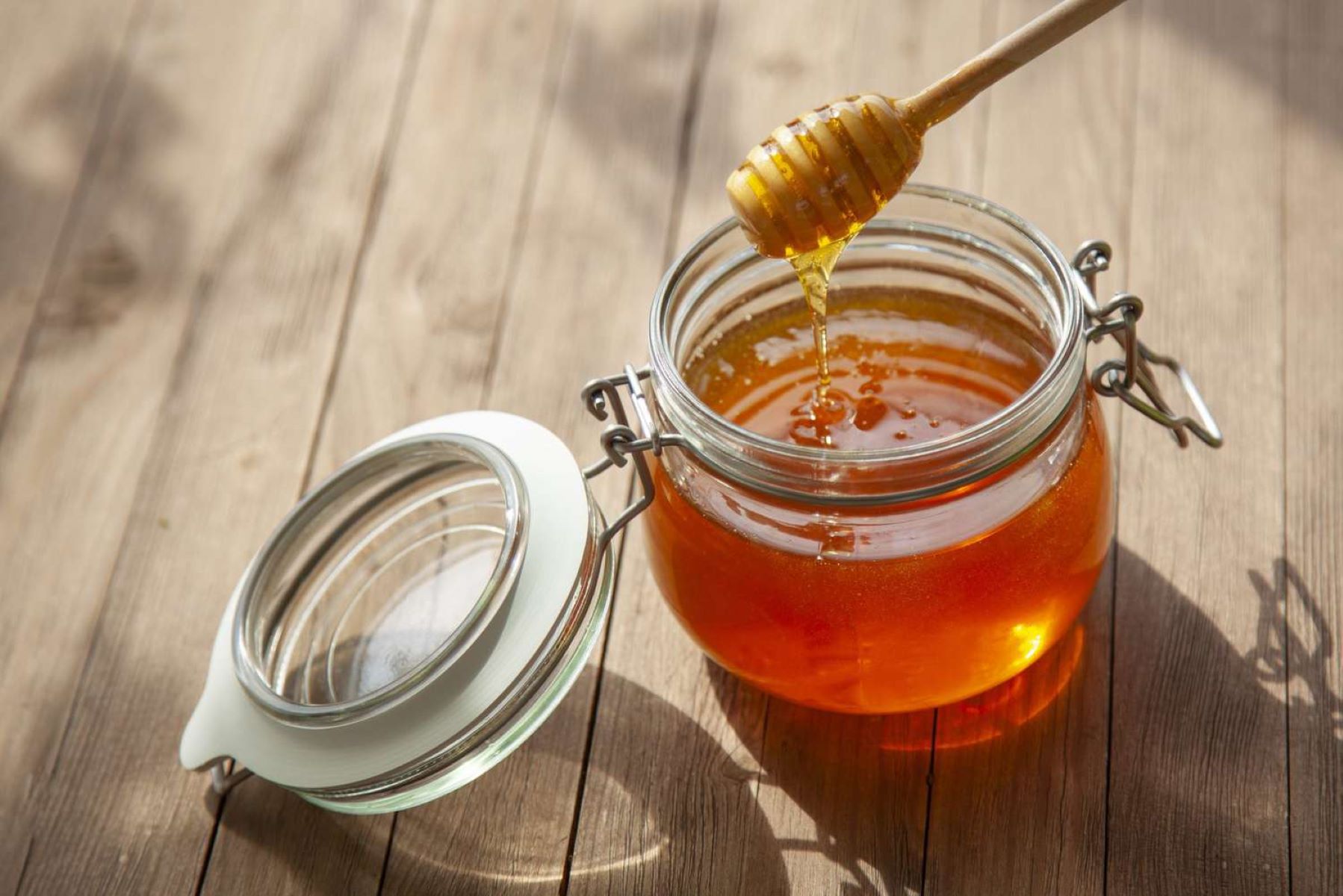
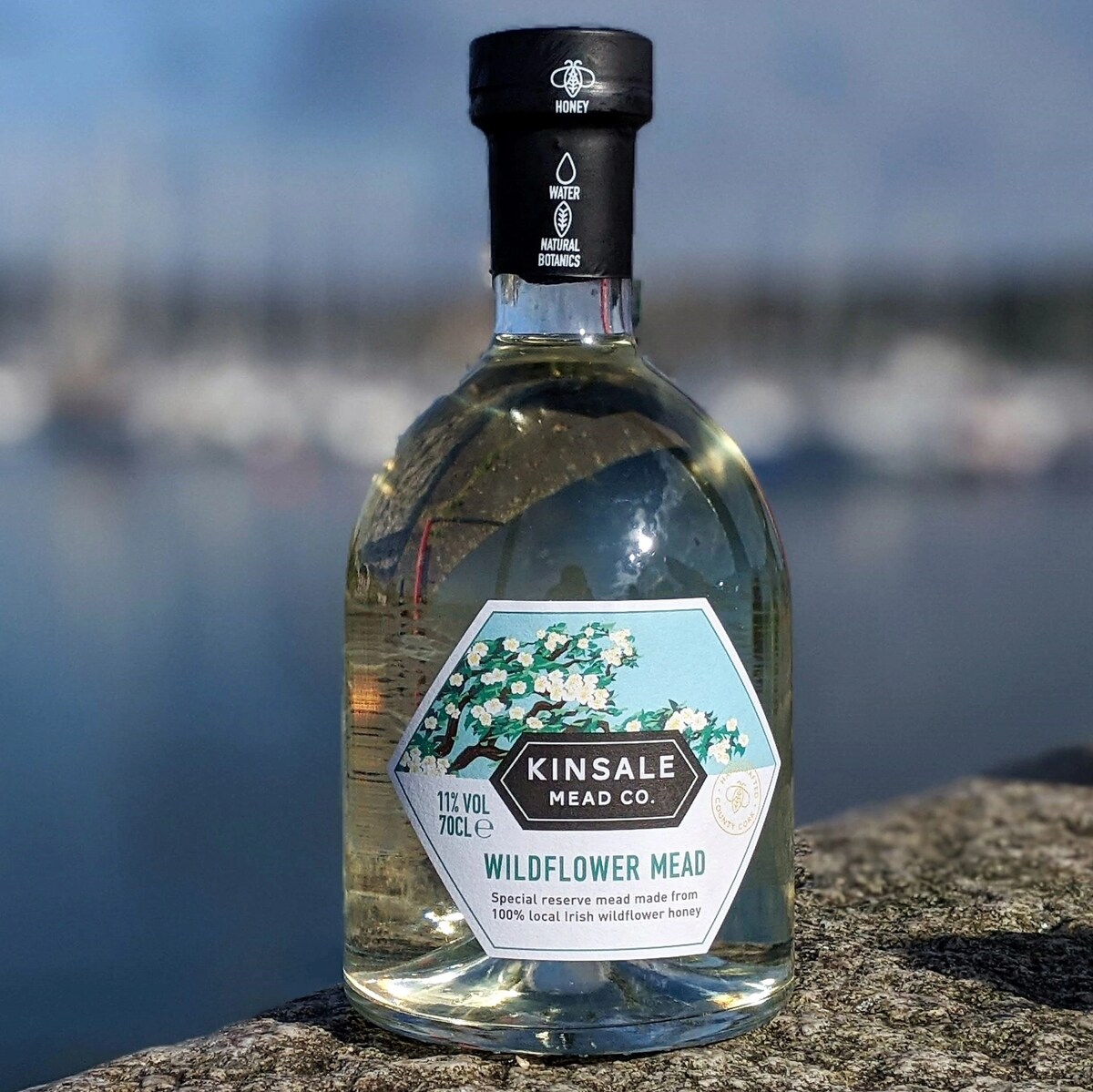
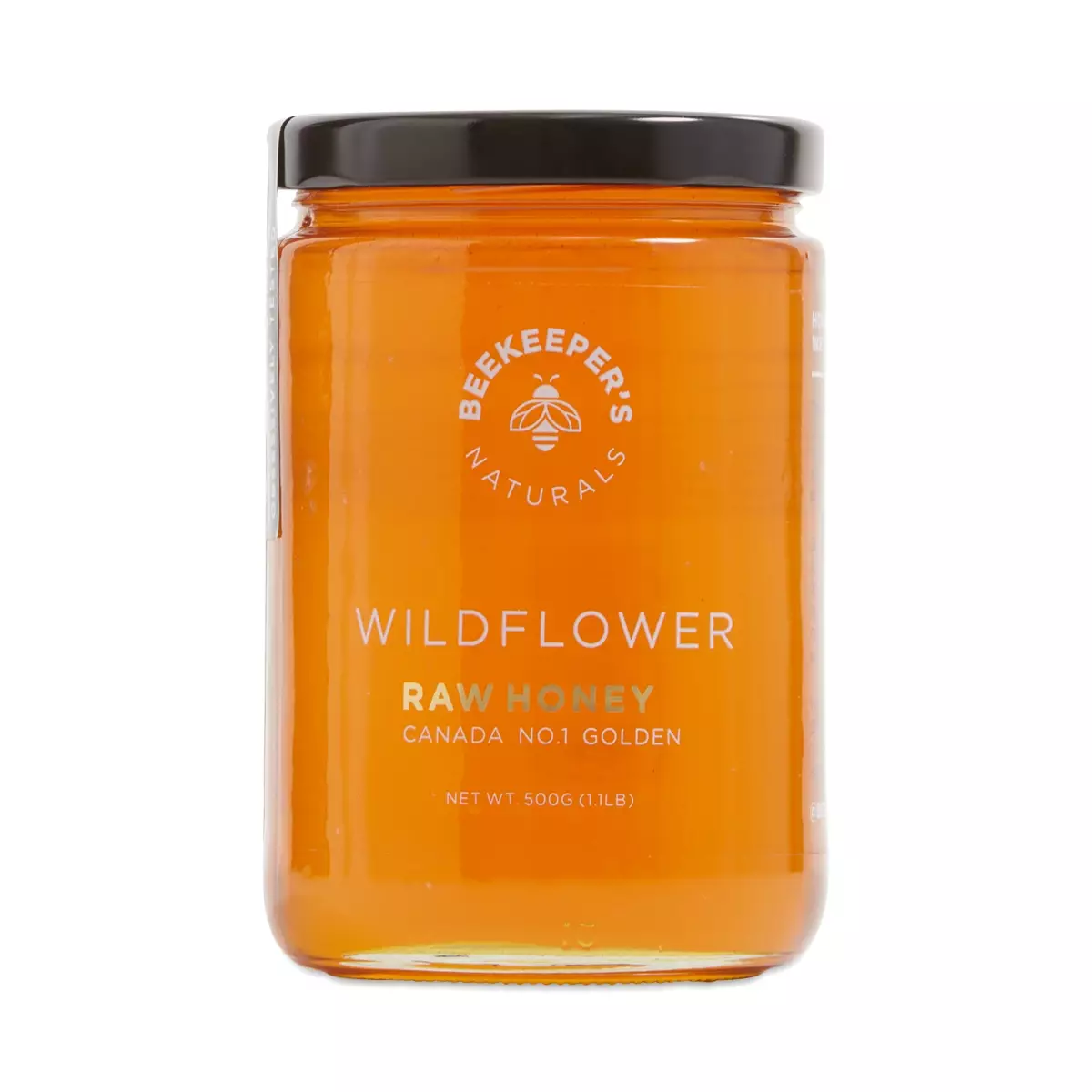
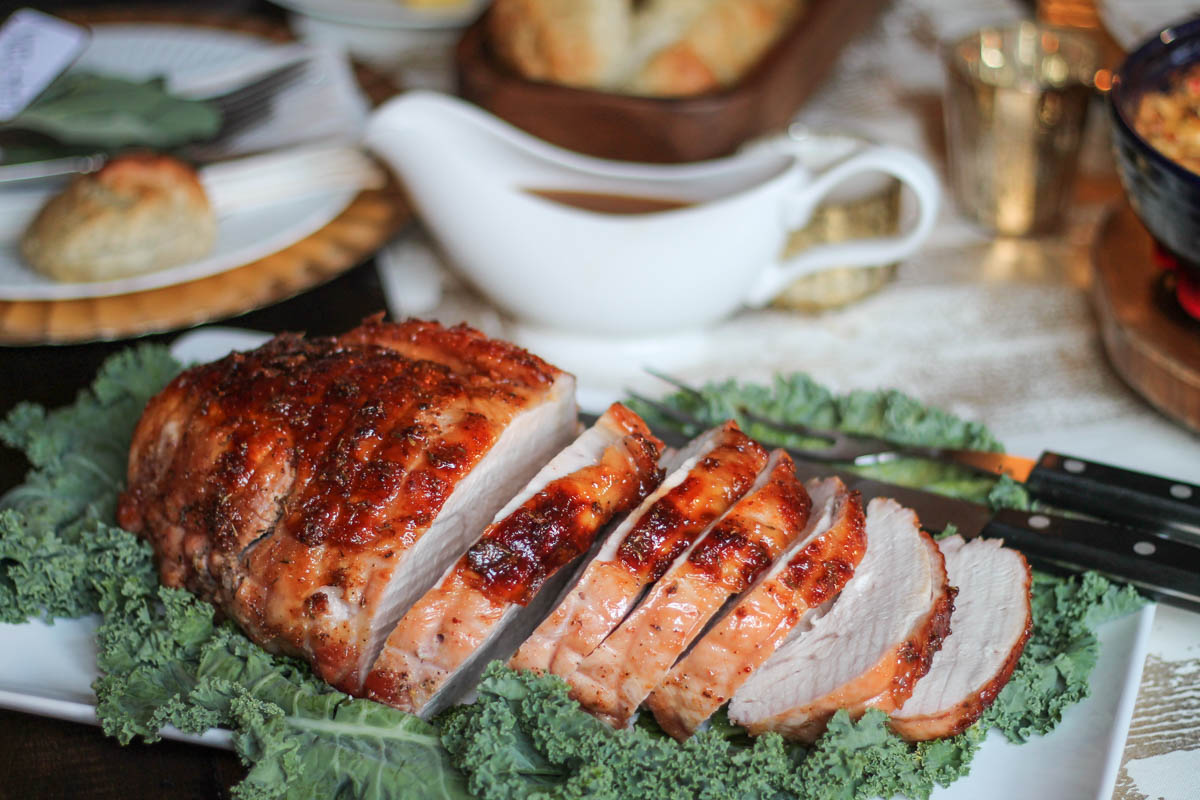
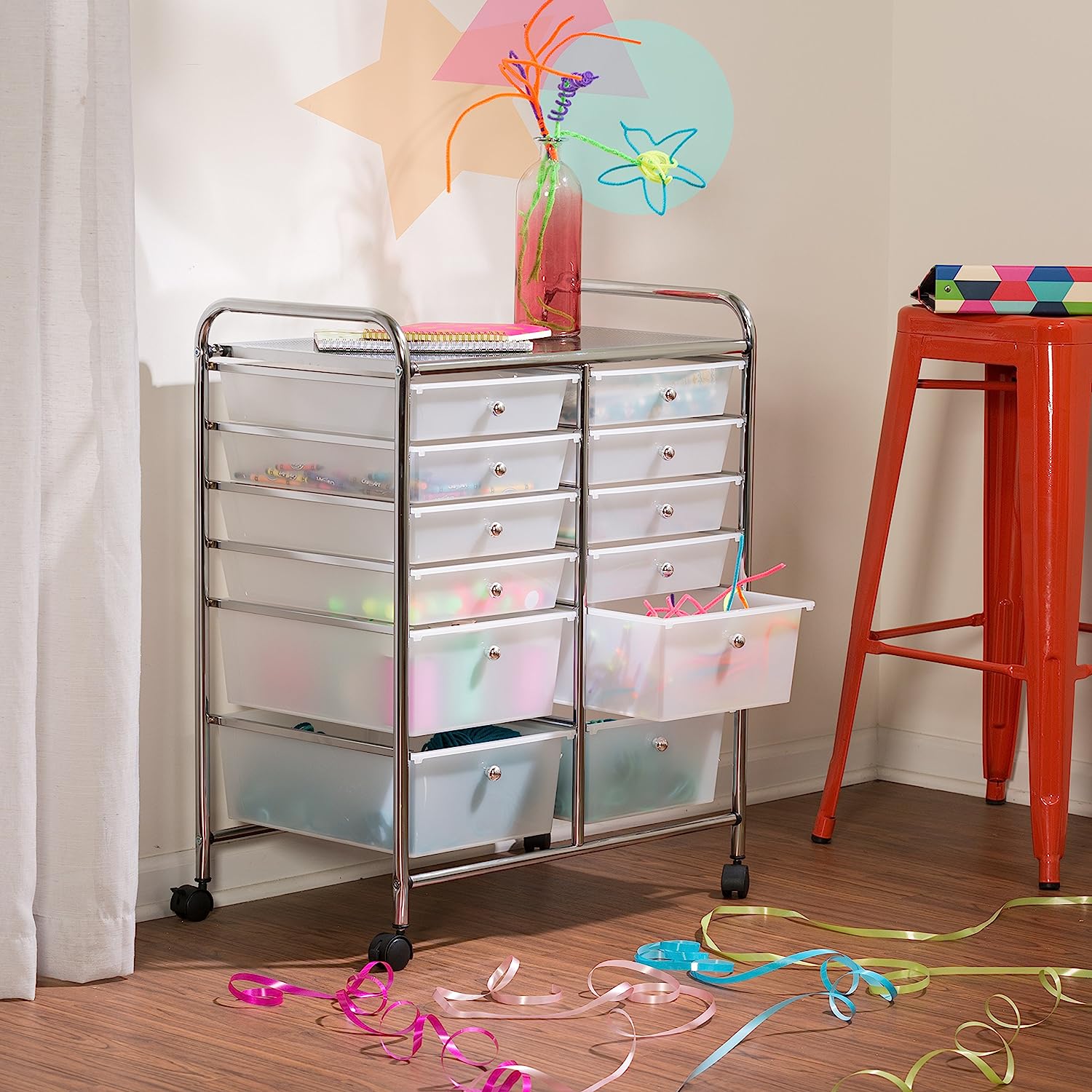


0 thoughts on “How To Store Manuka Honey”